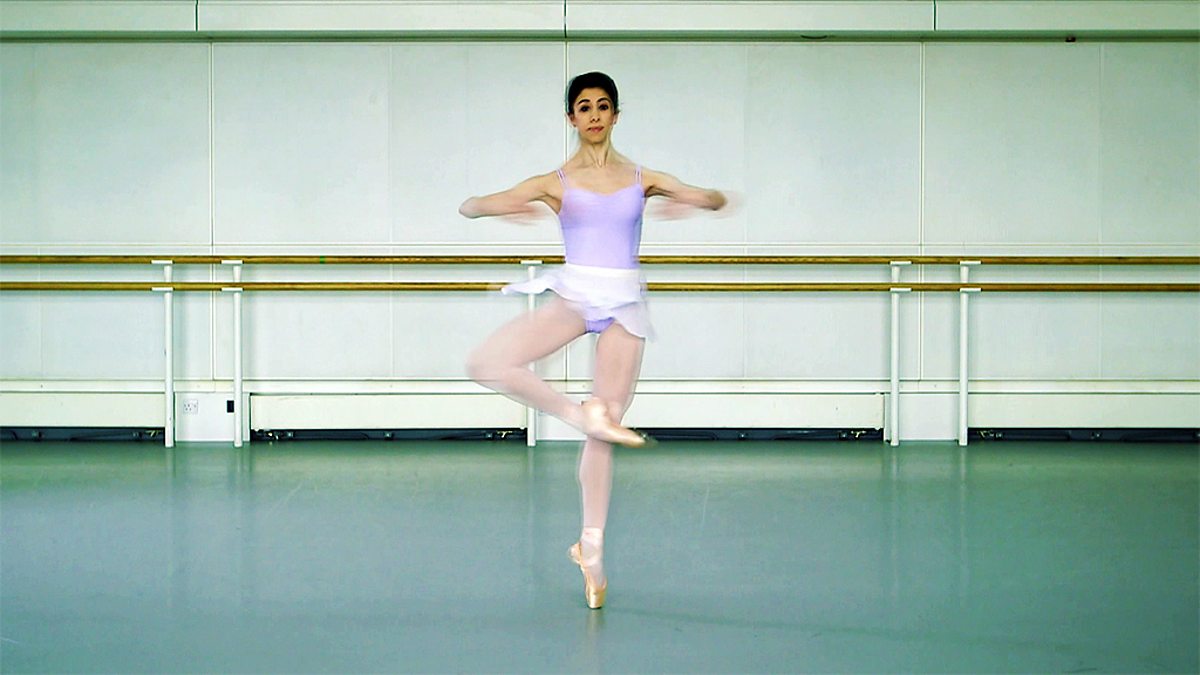What s the ballet term for a 360 degree turn on one foot pirouette

What's the ballet term for a 360-degree turn on one foot? Pirouette.
Ballet is a captivating art form that combines grace, athleticism, and storytelling. It encompasses a myriad of movements that require immense strength, precision, and technique. Among the many impressive maneuvers performed by ballet dancers, one of the most iconic and visually stunning is the pirouette.
A pirouette is a ballet term used to describe a complete 360-degree turn executed on one foot. It is a fundamental element of classical ballet, showcasing the dancer’s ability to maintain balance, control, and poise. While it may appear effortless, perfecting this intricate movement requires years of training, practice, and sheer dedication.
To execute a pirouette, a ballet dancer begins in a preparatory position known as “fifth position.” In this position, the dancer’s feet are turned out, heels together, forming a straight line. The dancer then rises up on the ball of one foot, called the supporting foot, while the other foot is placed against the supporting leg’s knee in a position known as “retiré” or “passé.”

As the dancer initiates the turn, they use their arms, known as port de bras, to create momentum and maintain balance. Typically, the arms are extended to the sides, one slightly higher than the other in opposition to the legs. The dancer’s head remains focused and fixed, serving as a guide to maintain stability throughout the rotation.
Various factors contribute to the success of a pirouette. The dancer’s core strength, alignment, control of the supporting leg, and precise spot—a fixed point for the eyes to focus on during the rotation—all play crucial roles in achieving a flawless turn. The spot is vital as it prevents dizziness and helps maintain balance and control.
Pirouettes can be performed en dedans, which means “inward,” or en dehors, meaning “outward.” En dedans pirouettes rotate inward towards the supporting leg, while en dehors pirouettes rotate outward away from the supporting leg. Both variations require immense technique and control, challenging the dancer’s ability to maintain proper body alignment and balance.
In addition to being a visually breathtaking movement, pirouettes serve various purposes in ballet choreography. They are often incorporated into solos, pas de deux (duets), and group sequences, adding flair and excitement to the overall performance. Pirouettes can also be integrated into other movements, such as jumps or combinations, showcasing the dancer’s versatility and skill.
In conclusion, the ballet term for a 360-degree turn on one foot is pirouette. This elegant and challenging movement epitomizes the grace, strength, and technical prowess required in classical ballet. From its preparatory position to the control and alignment necessary throughout the turn, pirouettes are a captivating aspect of ballet performances. Whether performed en dedans or en dehors, these spins captivate audiences and demonstrate the incredible talent and dedication of ballet dancers.
Sources:
Tags
Share
Related Posts
Quick Links
Legal Stuff

